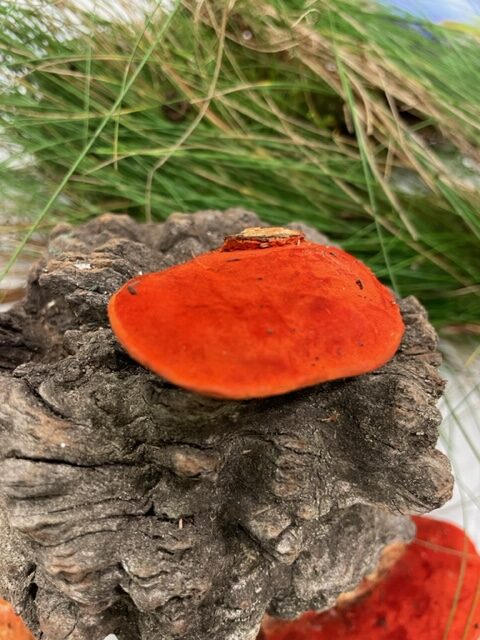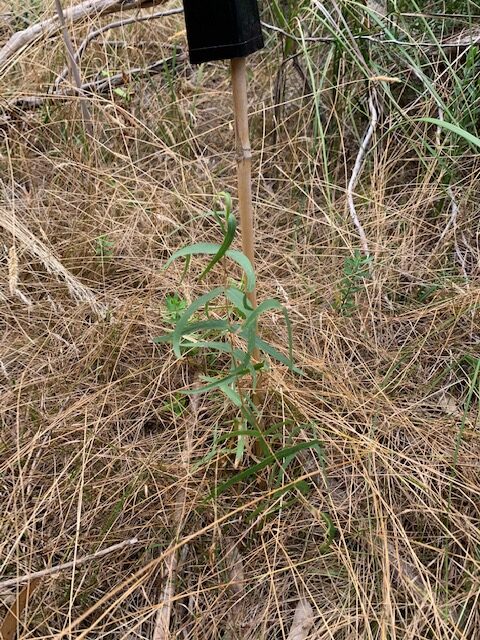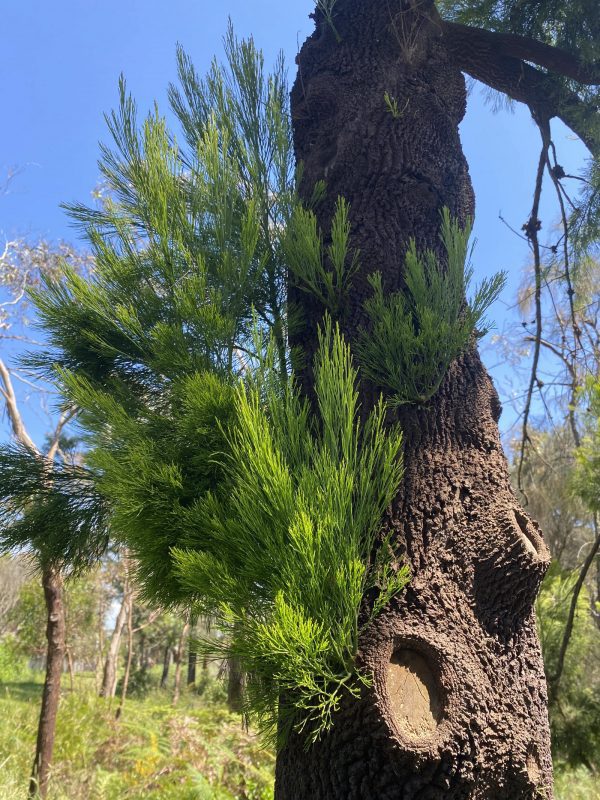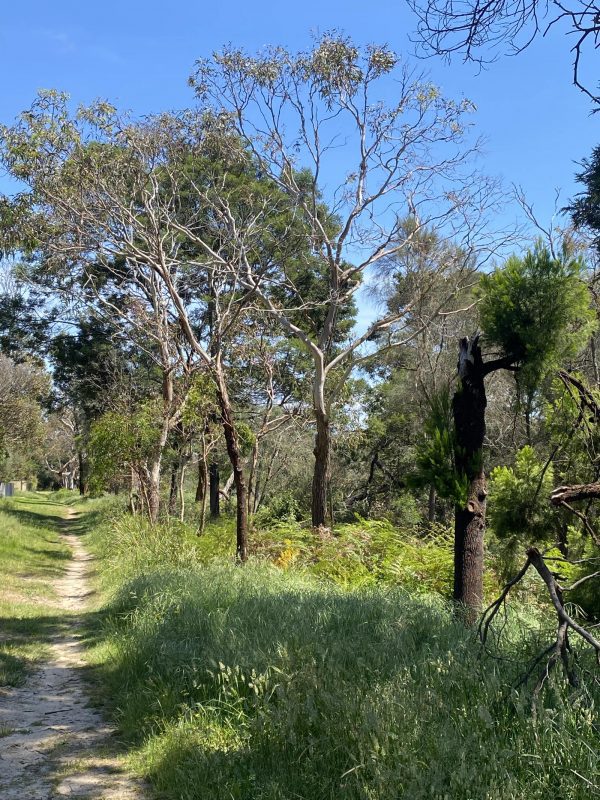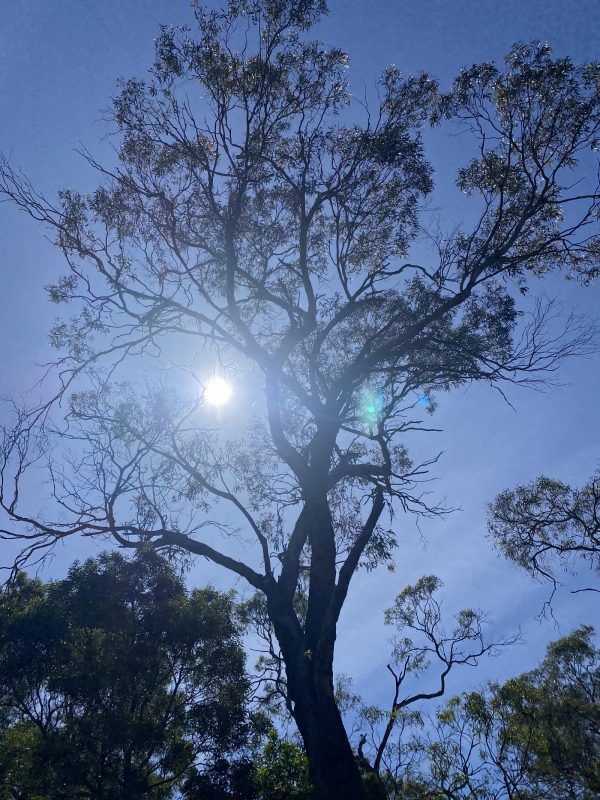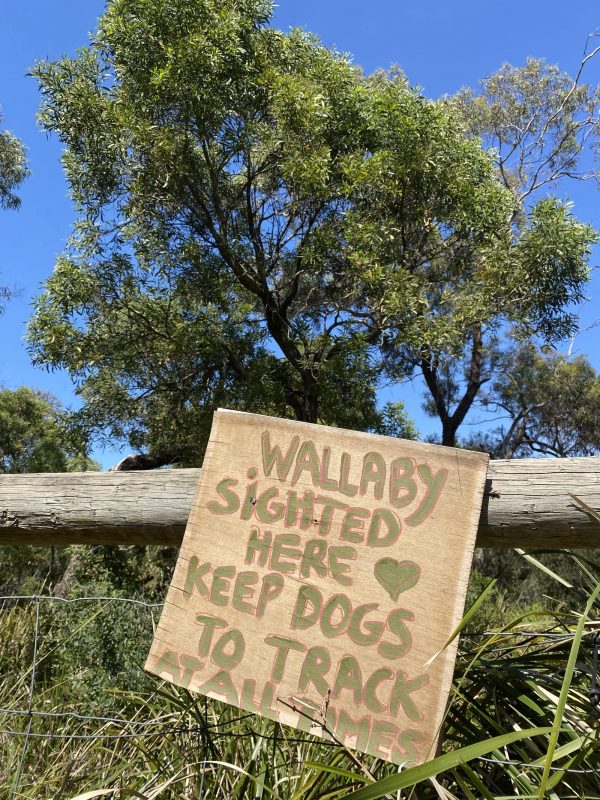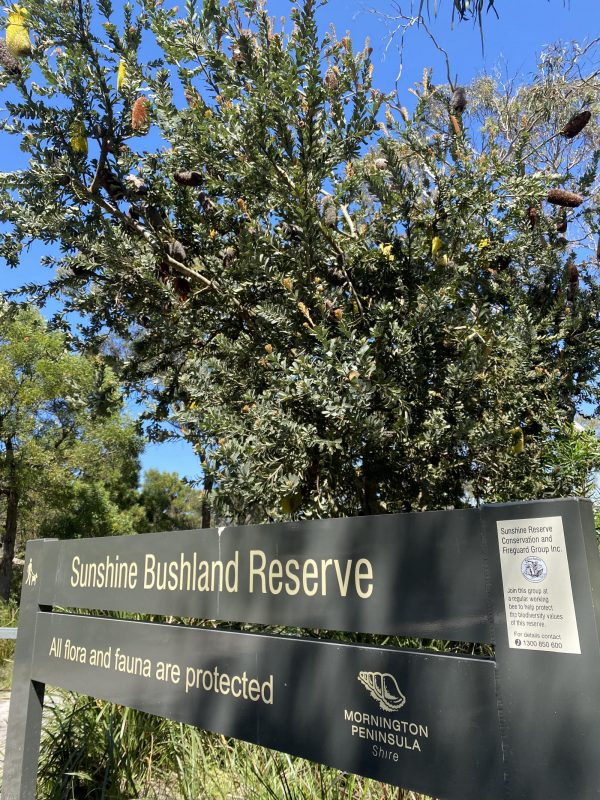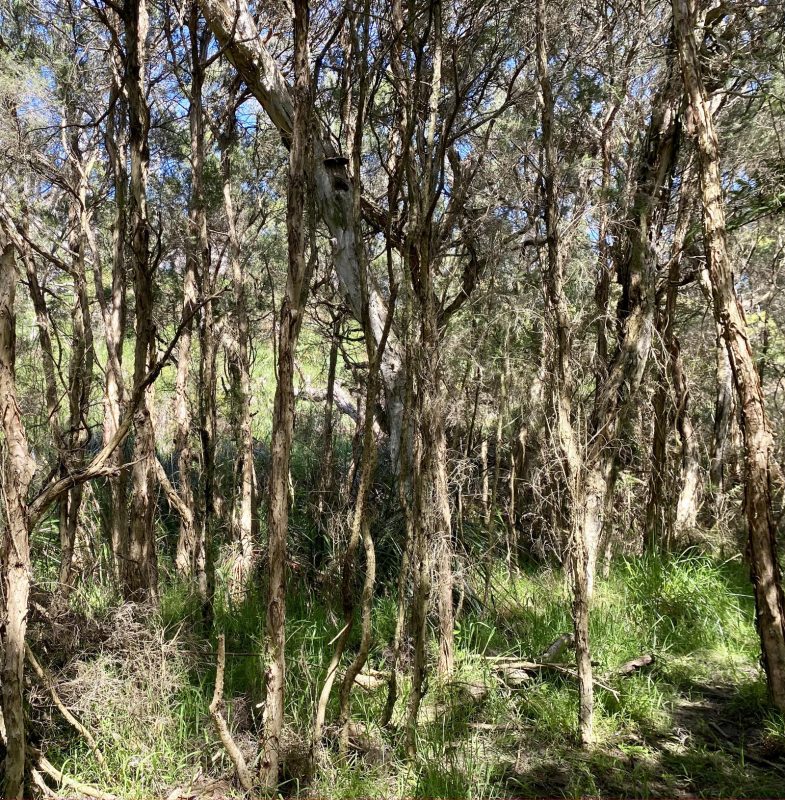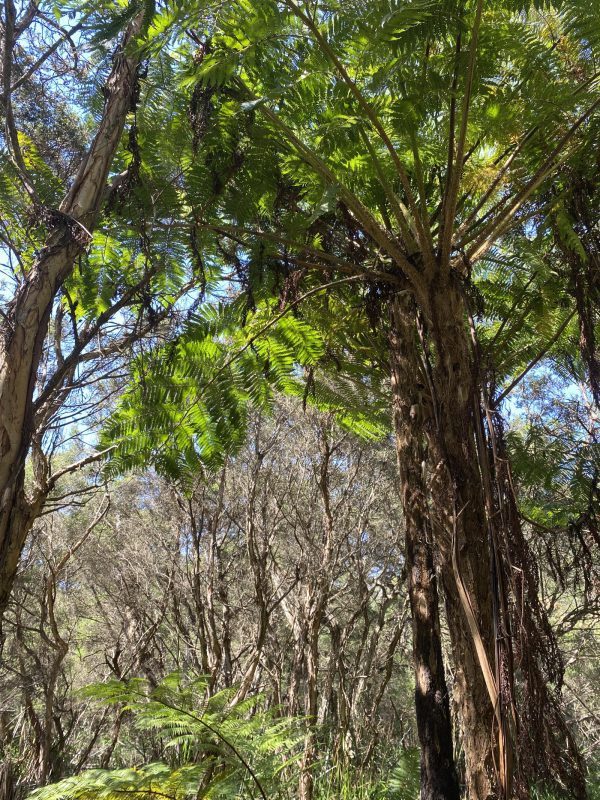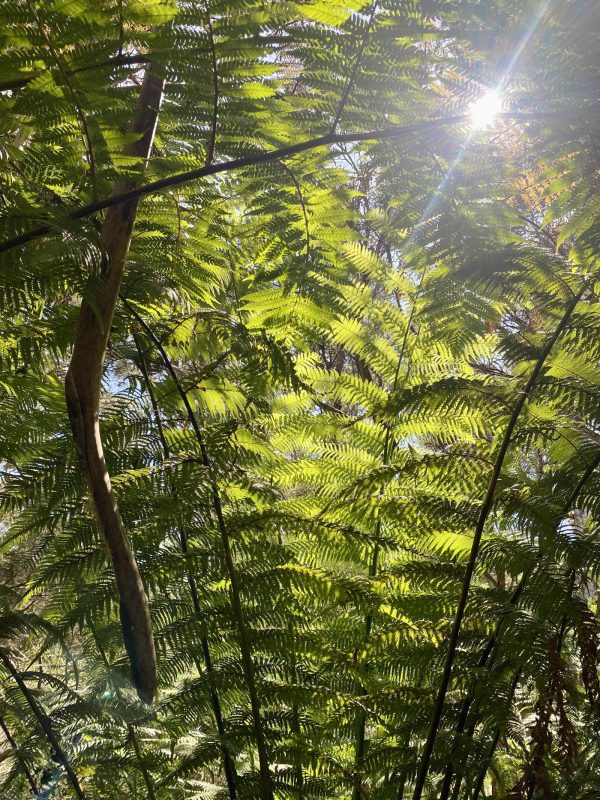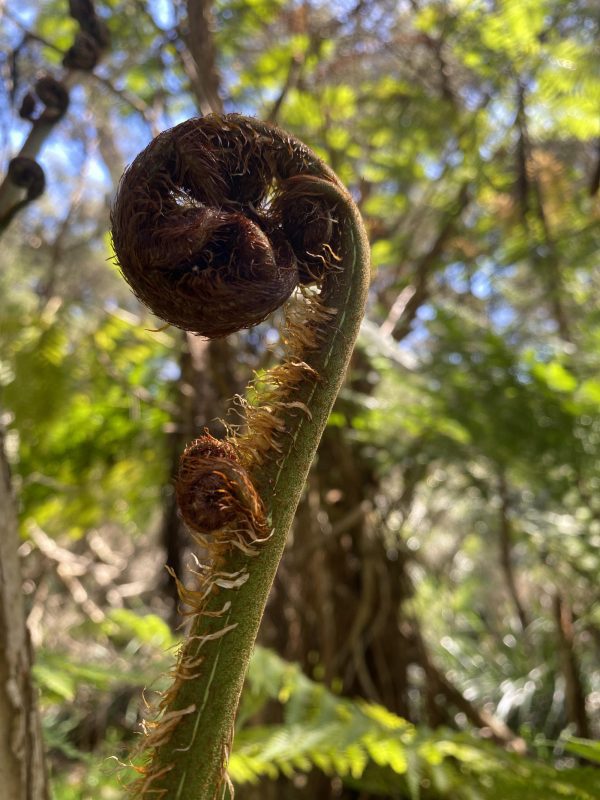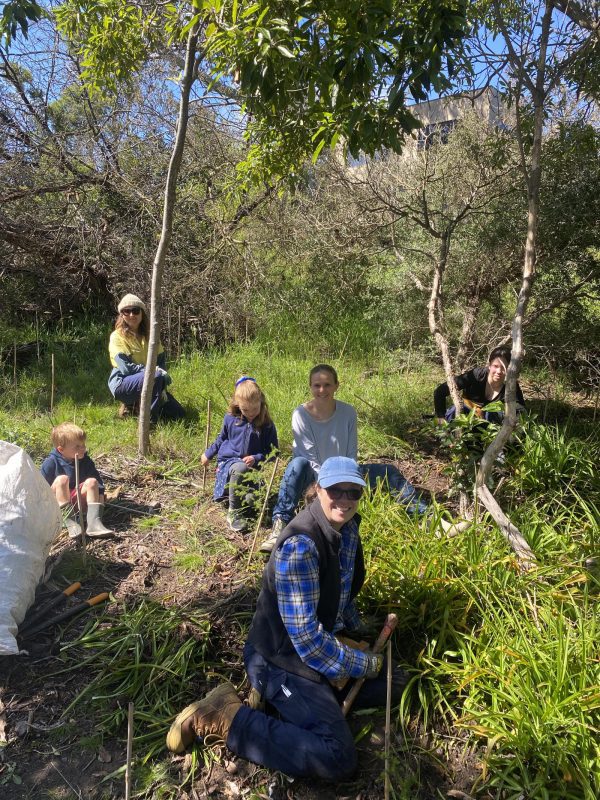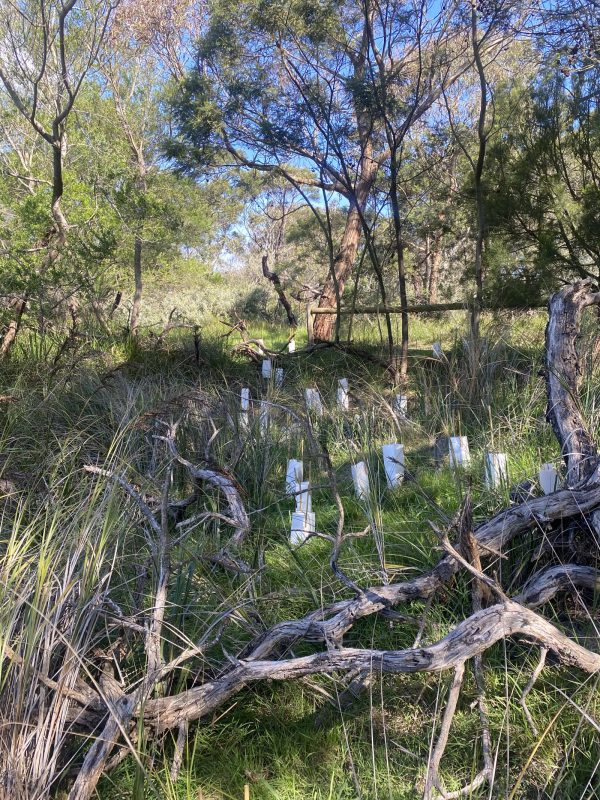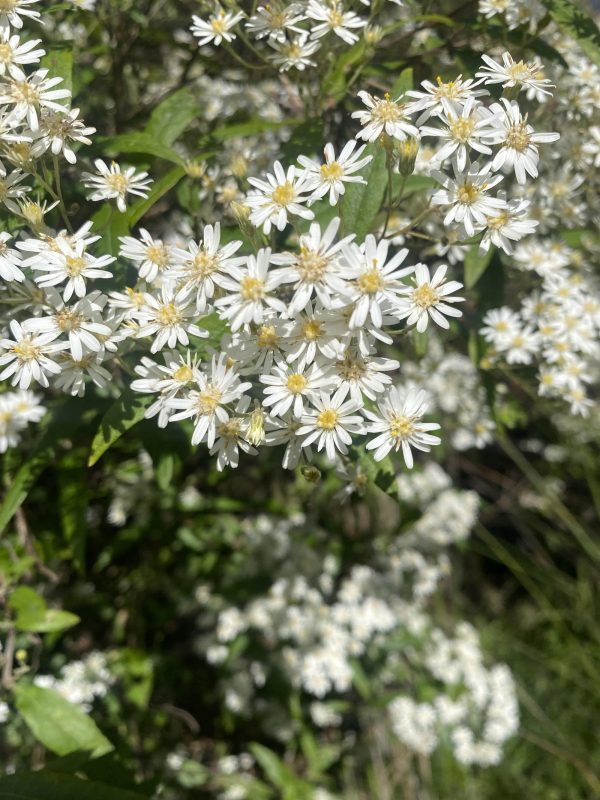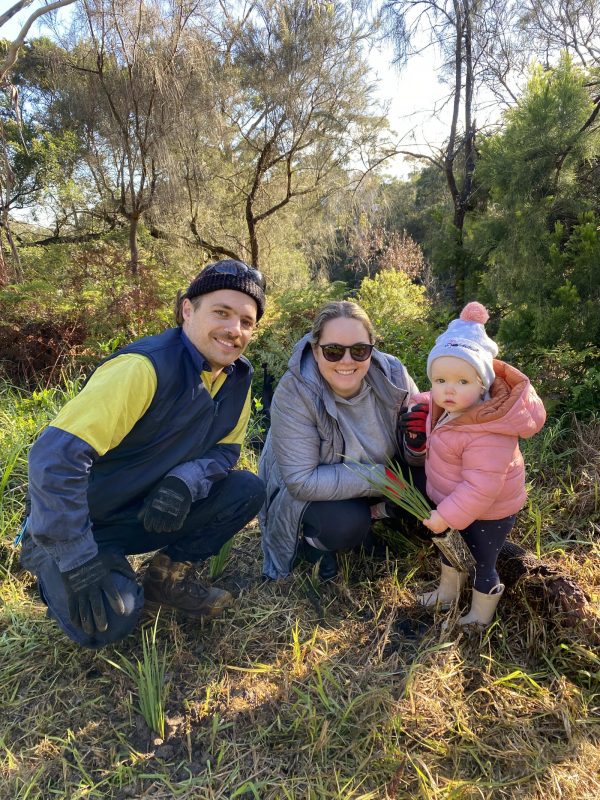Flora and Fauna

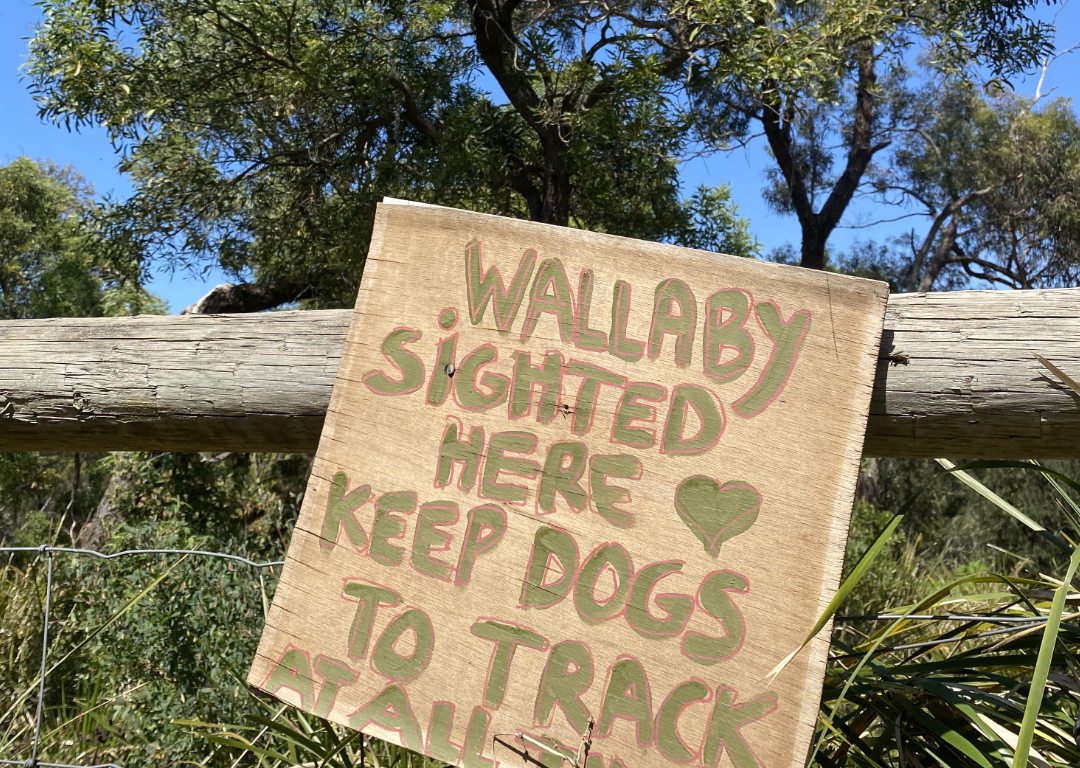

The diverse flora in the Reserve provides valuable habitat to a wide range of fauna:
-
 Snow Gums in the upper reserve
Snow Gums in the upper reserve
-
 Manna Gums to Coastal Banksias and Drooping Sheoaks
Manna Gums to Coastal Banksias and Drooping Sheoaks
-
 Melaleuca scrub, ferns, and indigenous orchids and grasses along the creekline
Melaleuca scrub, ferns, and indigenous orchids and grasses along the creekline
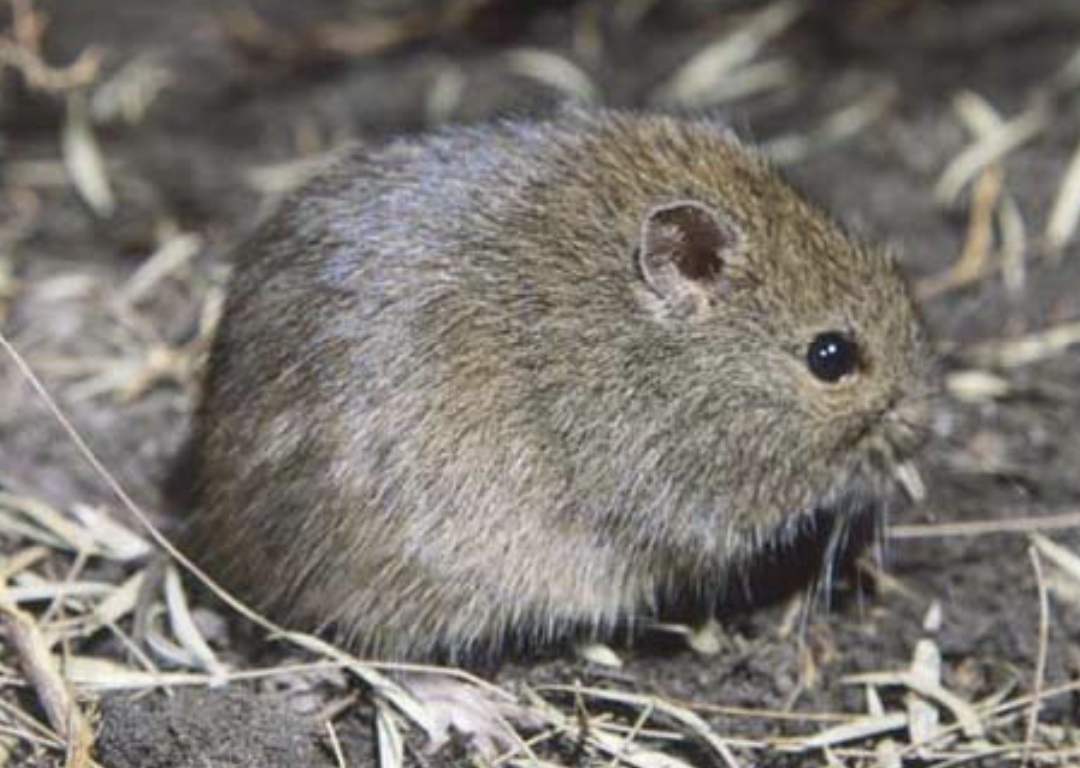
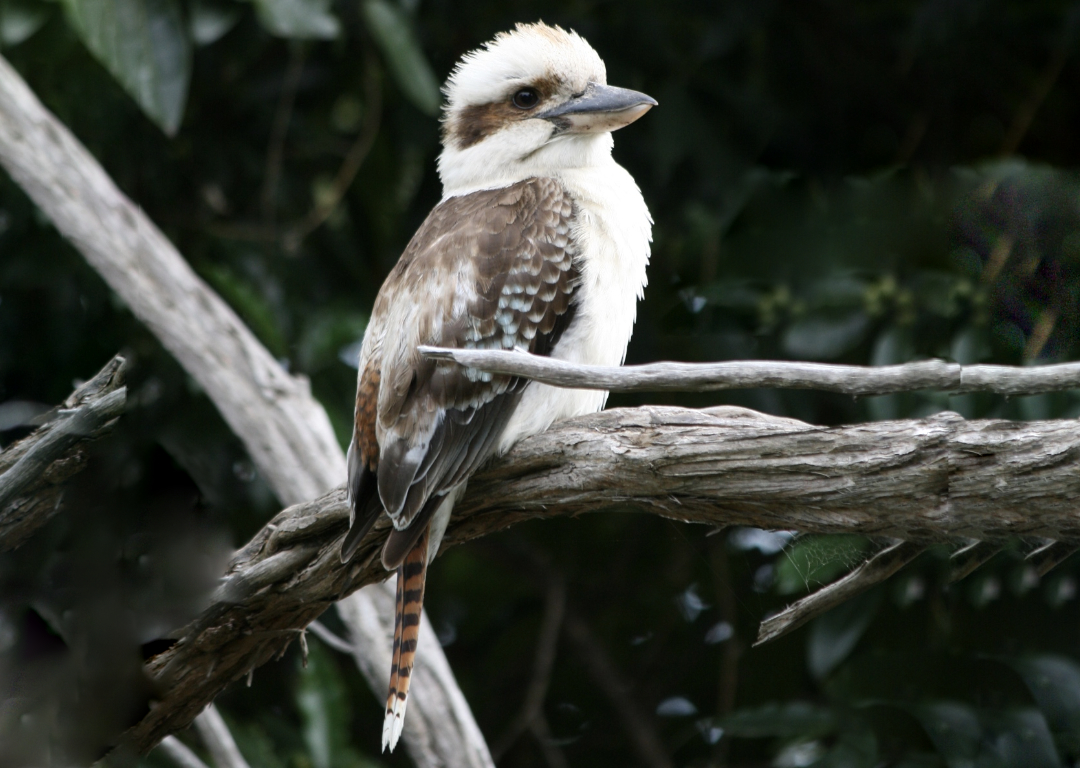
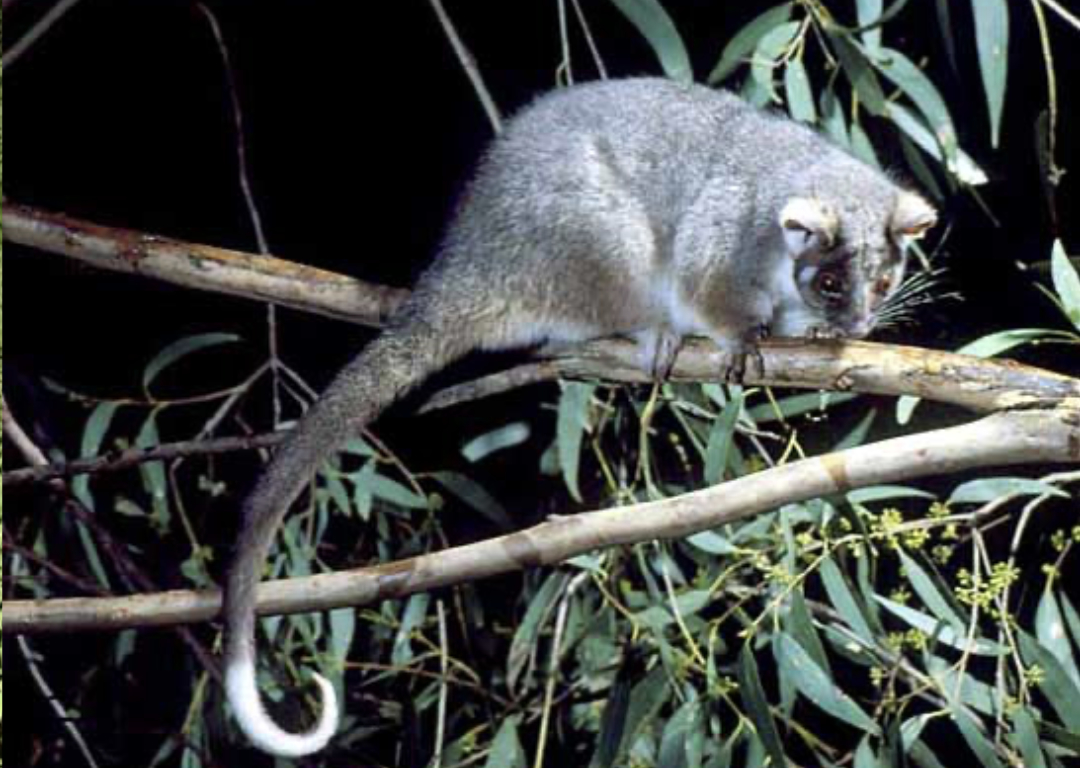
Resident Mammals and Marsupials
-
 Koalas
Koalas
-
 Black Tail Wallabies
Black Tail Wallabies
-
 Echidnas
Echidnas
-
 Sugar Gliders
Sugar Gliders
-
 MICRO Bats
MICRO Bats
-
 Brushtail and Ringtail Possums
Brushtail and Ringtail Possums
-
 Agile Antechinus
Agile Antechinus
-
 Native Swamp Rats
Native Swamp Rats
Reptiles and amphibians include:
-
 Blue-Tongue Lizards
Blue-Tongue Lizards
-
 Numerous Smaller Skinks
Numerous Smaller Skinks
-
 Copperhead and Tiger Snakes
Copperhead and Tiger Snakes
-
 Terrestrial Frogs
Terrestrial Frogs
-
 Toadlets
Toadlets
-
 Long Neck Turtles
Long Neck Turtles
There are over 75 species of birds including:
-
 Kookaburras
Kookaburras
-
 White and Black Cockatoos
White and Black Cockatoos
-
 Parrots and Rosellas
Parrots and Rosellas
-
 Hawks
Hawks
-
 Currawongs
Currawongs
-
 Honey Eaters
Honey Eaters
-
 Fly Catchers
Fly Catchers
-
 Wrens
Wrens
-
 Finches
Finches
Spotlight On

Southern Brown Tree Frog (Littoria ewingii.) Also called: Brown Tree Frog , Ewing's Tree Frog , Whistling Tree Frog, are a widespread and common species found in great numbers in flooded grassland or marshes.
They are agile climbers and jumpers. Like most of our small tree frogs, this species is a voracious insectivore capable of leaping to catch a fly in mid-flight!
Males usually call from the ground or in low vegetation, at the water's edge or in water, floating amongst the vegetation. The call is a series of rapid harsh, whirring pulsing notes repeated 5-15 times - "creeeeeee creee creee cree cree cree".
The first note is usually the longest. Size up to and between 30mm and 60mm. Adults can be found in all habitat types, and are even common in gardens.
They frequent wet and flooded areas for breeding but can often be found calling long distances from water.
Eggs and tadpoles can be found in still water in ponds, dams, lakes, streamside ponds and flooded roadside ditches.
The tall gums and wattles that shaded the fern gully are the home of the Sugar Glider that feeds on gum from wattle trees and nests in the tall gums for protection. These graceful possums scurry to the top of trees and then launch themselves on a long flight to another tree.
Another creature in coastal bushland is the Ringtail Possum that build dreys or large enclosed nests to protect their babies. They can curl their tails around a branch to help them hold on. Both these animals are nocturnal but a quiet walk at night with a torch can sometimes let you see them.
An intact bush area attracts the Echidna who snuffs around looking for ants but otherwise minds his own business. And the Native Swamp Rat that scuttles around keeping to the dense forest floor to avoid predators.
Home to a small Koala population, a priority is to protect and enhance existing vegetation and raise awareness of the challenges koalas face to ensure we maintain a healthy population. Our conservation team help protect the Peninsula’s koala population by restoring and enhancing existing vegetation focusing on planting additional koala food trees. We work closely with the Mornington Peninsula Shire and Mornington Peninsula Koala Conservation to protect the peninsula’s koala population.
For more information go to https://www.mpkoalas.org.au/
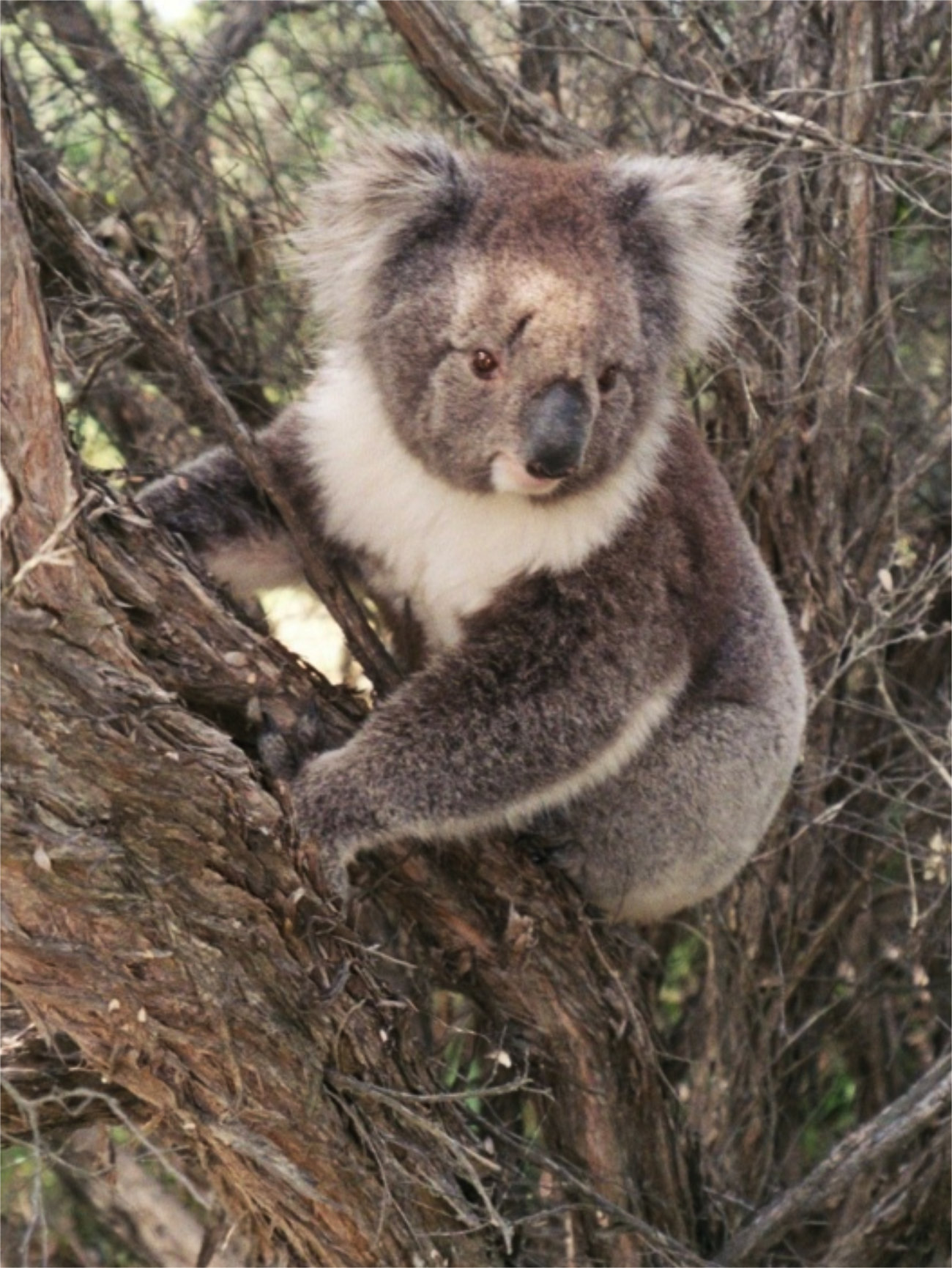
Sunshine Walking Trails
An hour's drive south of Melbourne, Sunshine Reserve, Mount Martha is home to 20 hectares of wonderful walking trails to explore and immerse:
The Loop: Enter bottom McLeod Road cnr Hall Road - Round trip from Lower Sunshine to Upper Sunshine and return (1 hour)
Upper Sunshine: Entrance Panorama Drive crossover to top and return (35 minutes)
The Foot Bridge: Entrance Sunshine Drive to bridge and return (5 mins / stairs)



